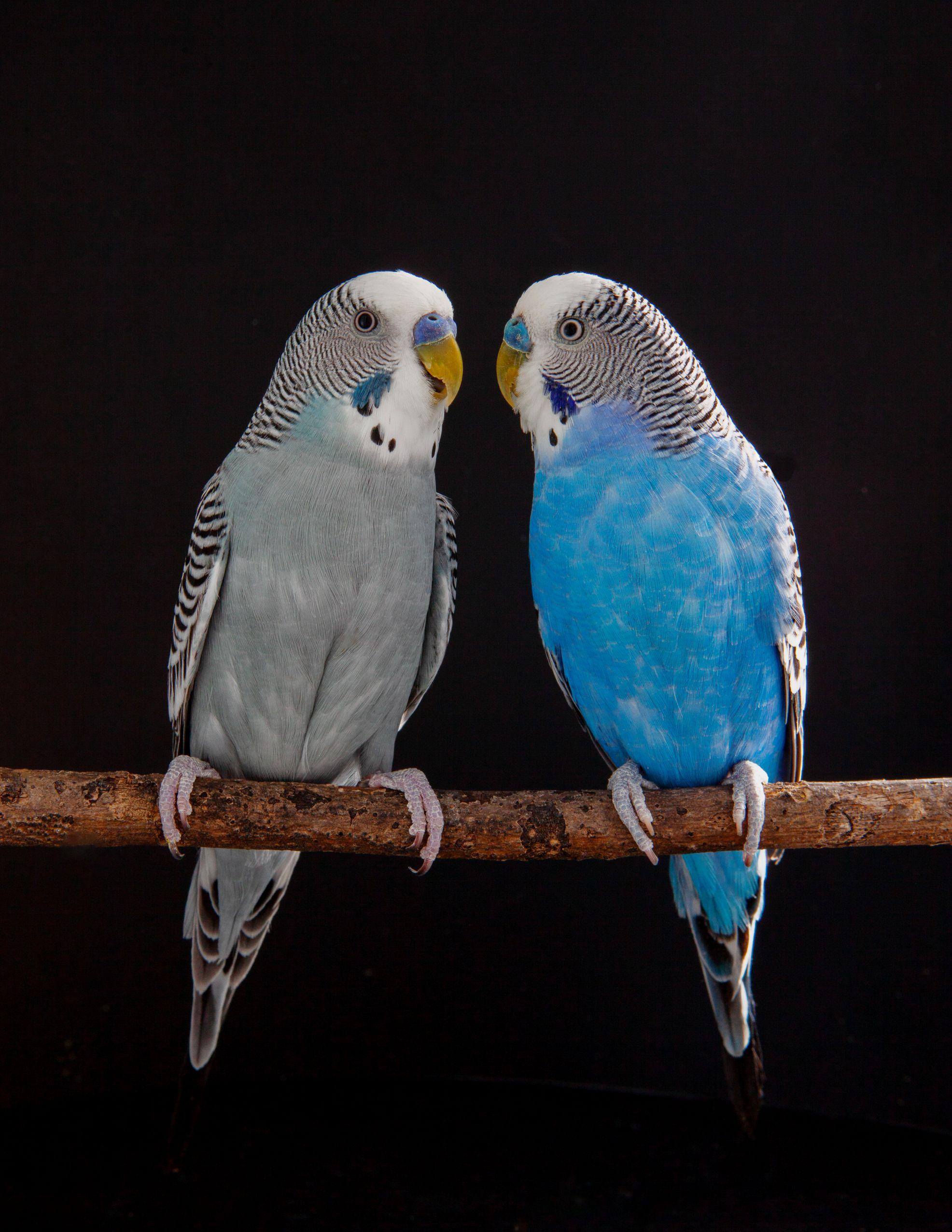Abstract
The Long laboratory uses a range of species – including humans – to uncover properties of neural circuits that enable social communication. In this seminar, Long will present new data related to the neural circuits enabling vocal production in the budgerigar, a small parrot. Chief among these early findings is the discovery of a motor map in the budgerigar brain that represents specific articulatory features, including consonant- and vowel-like sounds as well as pitch. In subsequent work, Long and colleagues have discovered that a key upstream premotor region generates hundreds of sequential subroutines capable of driving this forebrain motor map to form distinct vocal objects, or ‘words’. Future directions include determining how these vocal objects are used in a social setting, identifying what each object might represent in the environment, and measuring the circuit changes that accompany vocal mimicry (i.e., ‘word formation’). From this work, we hope to establish a new model system for vocal production that is uniquely poised to address mechanistic questions related to normal and disordered speech.

Abstract
Michael A. Long received his Ph.D. from the Department of Neuroscience at Brown University where he used electrophysiology to explore the function of electrical synapses across a variety of neural circuits, including the hypothalamus and the neocortex under the tutelage of Barry Connors. For his postdoctoral work, Michael worked with Michale Fee, a former high energy physicist turned neurobiologist. During this time, Michael established novel methods of manipulating and recording the dynamics within a song-related premotor region of the songbird brain that resulted in two research articles in Nature. After starting his own laboratory in 2010, Michael has continued this spirit of innovation by developing approaches that adapt modern imaging and electrophysiological tools to the study of neural circuits underlying the production of skilled motor behaviours across a variety of model systems, including songbirds, humans and nontraditional rodent species.
